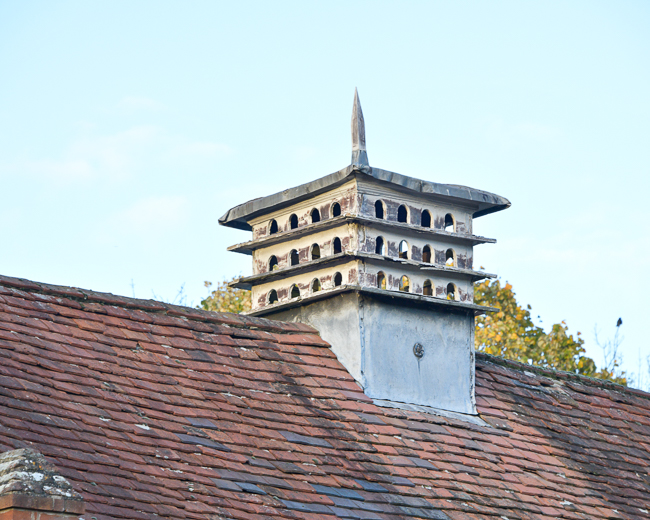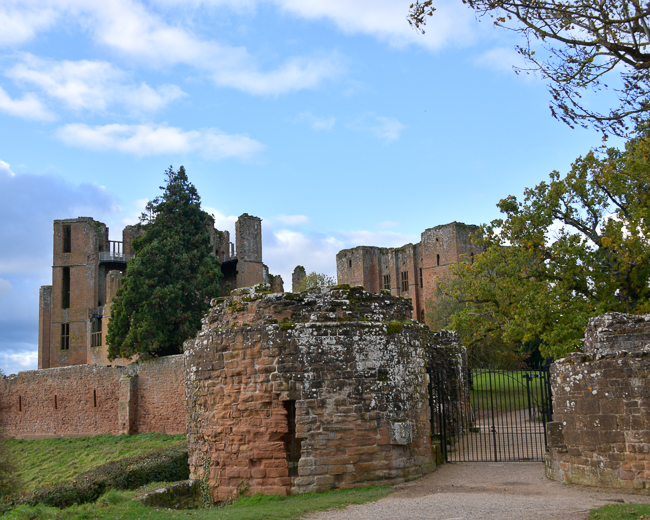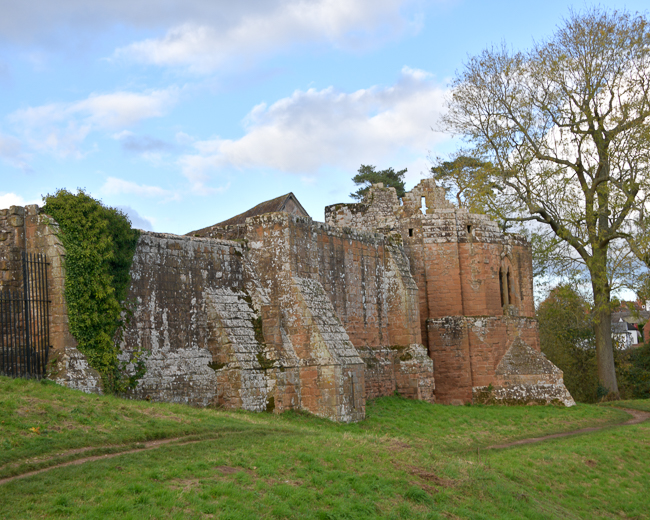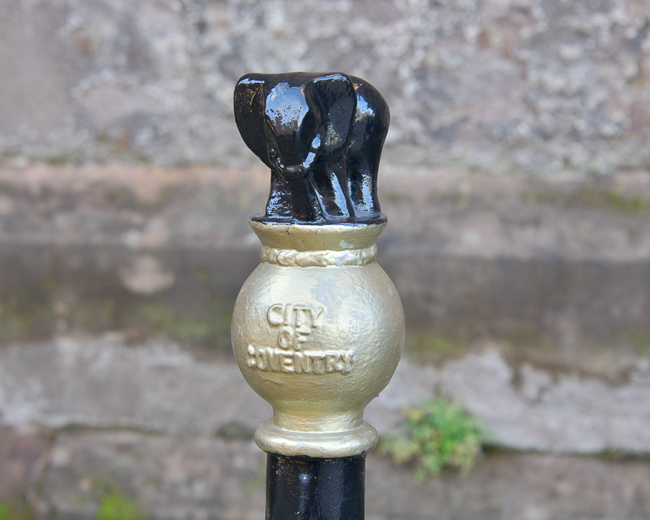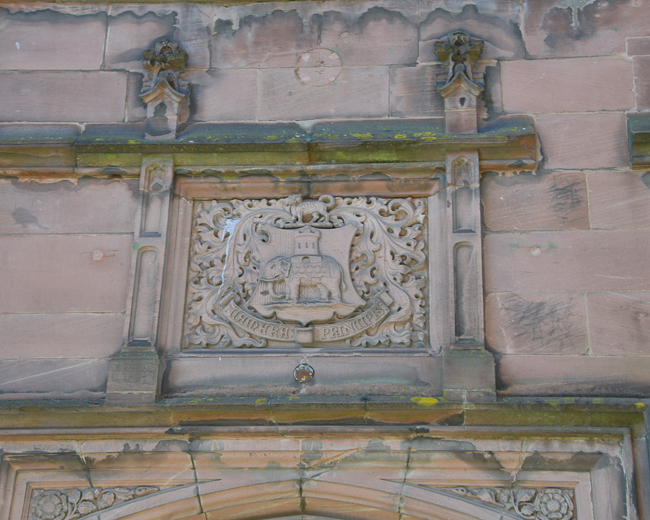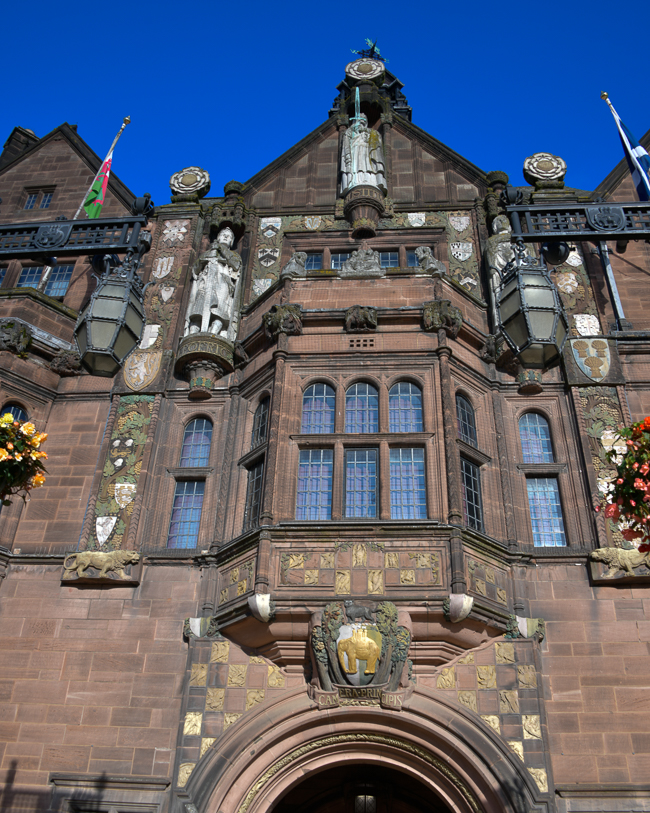November 10, 2023
I traveled to the Isle of White via ferry, leaving out of Portsmouth to Ryde.
Once you disembark from the ferry, you have a long walk to town on the Ryde Pier. Ryde Pier is an early 19th-century pier and is the world’s oldest seaside pleasure pier.
The pier was designed by John Kent of Southampton, and its foundation stone was laid in June 1813. The pier opened in July 1814 with, as it still has, a timber-planked promenade.
By 1833, the pier had grown to a length of 745 yards. It is this pre-Victorian structure that has, with some modifications, carried pedestrians and vehicles ever since.
I had but one day, and the Isle of Wight is much bigger than one expects, so the day was spent at Brading Roman Villa.
The Isle of Wight is home to Osborne House, a former royal residence. The house was built between 1845 and 1851 for Queen Victoria and Prince Albert as a summer home and rural retreat. Albert designed the house himself in the style of an Italian Renaissance palazzo. Sadly, it was closed.
The Isle is also home to the Needles, a row of three stacks of chalk that rise 98 feet out of the sea off the western extremity of the Isle in the English Channel. Sadly, from Ryde, the trip by bus is two hours, and there just was not enough time.
However, the Brading Roman Villa was a treat and well worth the trip. Brading Roman Villa was part of an Ancient Roman farm, and while poorly excavated during the Victorian Era, it still has a few mosaic floors that make it a very special place.
The first building constructed at Brading Roman Villa appeared in around 100 AD, not long after the Roman invasion of Britain in 43 AD. This consisted of the South Range, which was soon followed by the larger North Range in 200 AD.
By the 4th century, the Grand West Range was completed as a winged corridor villa, making up the main building of the family’s residence. Over time, the interior of the West Range was changed, with walls moved and mosaics added to suit the changing times and fashions.
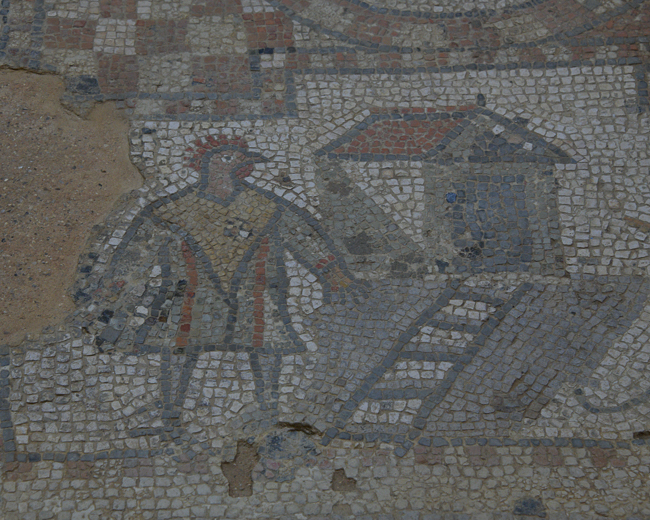
The cockerel-headed man is thought to be dressed as a Lanista, a trainer and owner of gladiators. Its symbolism at Brading is a mystery.
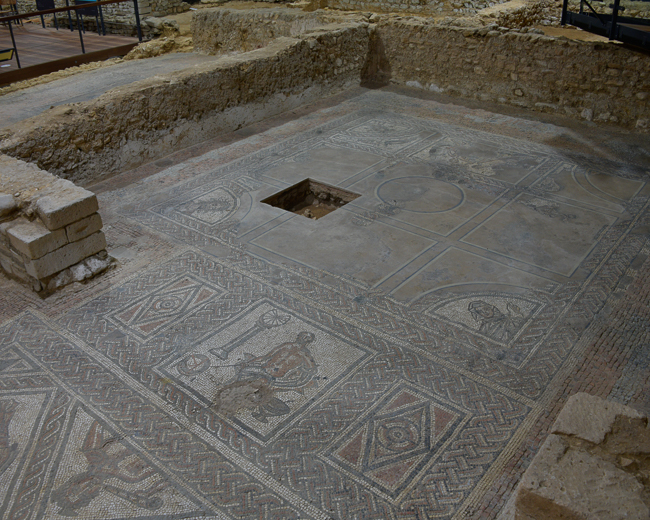
The figure in the center of this panel is an astronomer. He points to a celestial globe while on his right is a pillar sundial, and to his left is a horizontal sundial.
To head back to Portsmouth, I took the Hovercraft, which is faster and a fun extra adventure.
On the voyage between Portsmouth and the Isle of White are the Palmerston’s Follies.
The Palmerston Forts were built during the Victorian period on the recommendations of the 1860 Royal Commission on the Defence of the United Kingdom, prompted by concerns about the strength of the French Navy. There was considerable debate in Parliament about whether the cost could be justified. The name comes from their association with Lord Palmerston, who was Prime Minister at the time and promoted the idea.
The works were also known as Palmerston’s Follies, partly because the first ones had their main armament facing inland to protect Portsmouth from a land-based attack, and thus (as it appeared to some) facing the wrong way to defend from a French attack.
Another reason for the Folly tag is because, at the time of their completion, the threat from the French navy had passed, and because the technology of the guns had become obsolete before the forts were finished, they were the most costly and extensive system of fixed defenses undertaken in Britain in peacetime.
The Solents Fort, or No-Man’s Land Fort, has a long and sordid history after it was sold by the government.
The Fort’s second life began as a luxury home/hospitality center, including an indoor swimming pool and two helipads. In July 2004, Legionnaires Disease found in the hotel’s water system forced its closure. The Fort was put up for sale in 2005 and again in 2007, but the company collapsed. In March 2008, Harmesh Pooni, claiming to be the owner, barricaded himself inside the fort in protest against the administrators of KPMG.
The fort eventually opened as a hotel in April 2015. As of this writing, the island is again up for sale.
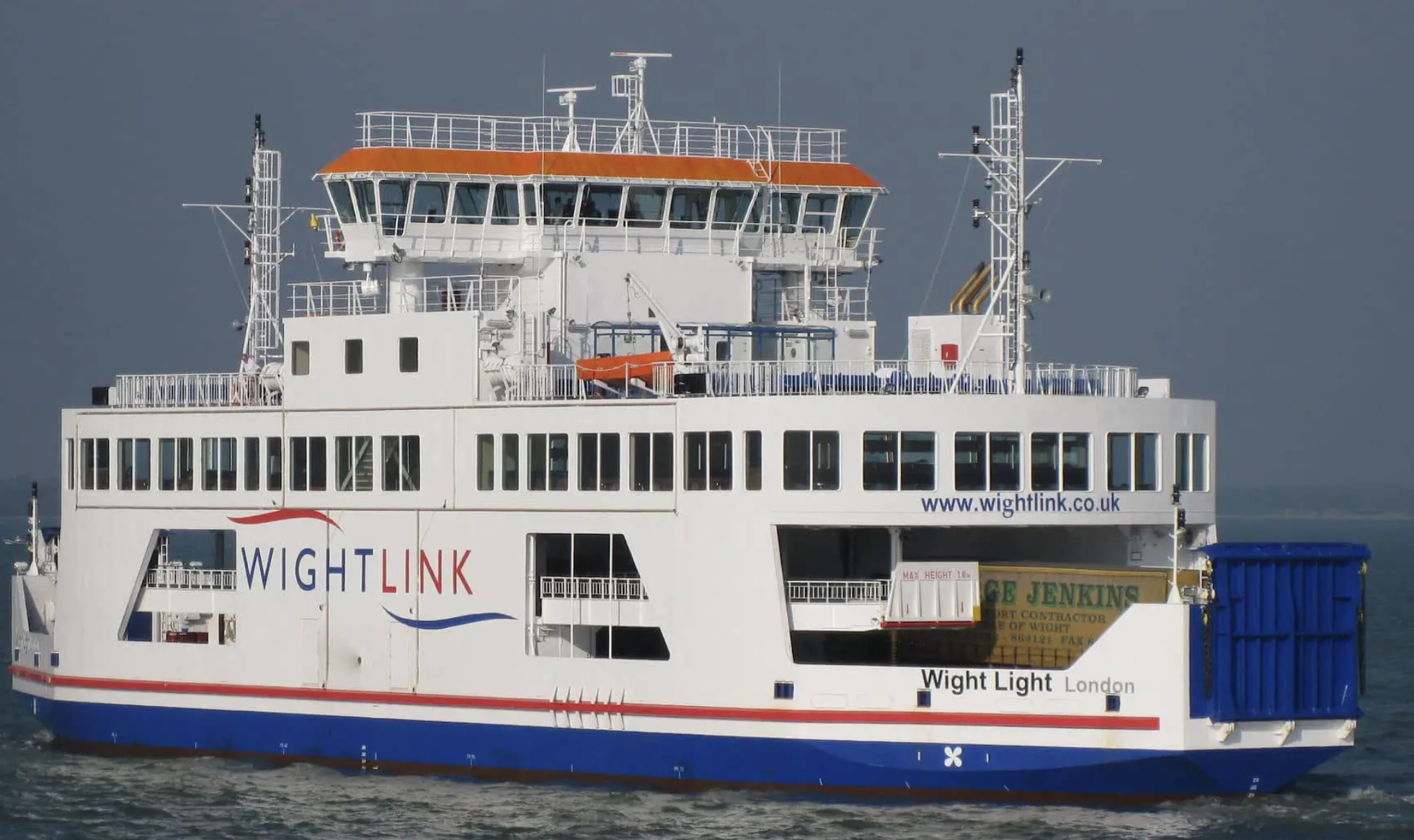
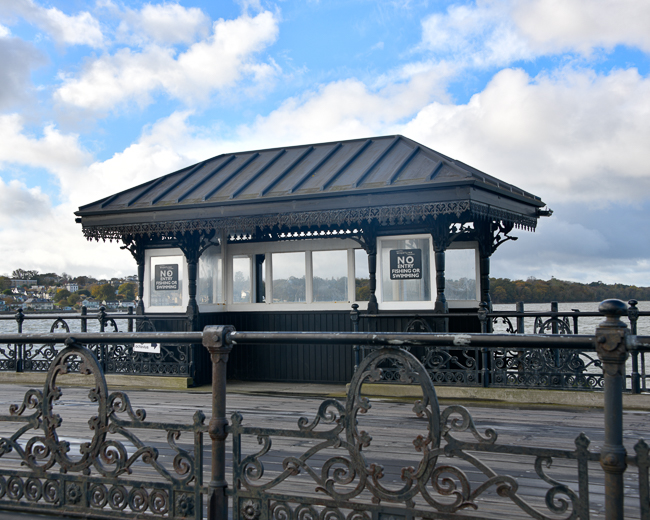
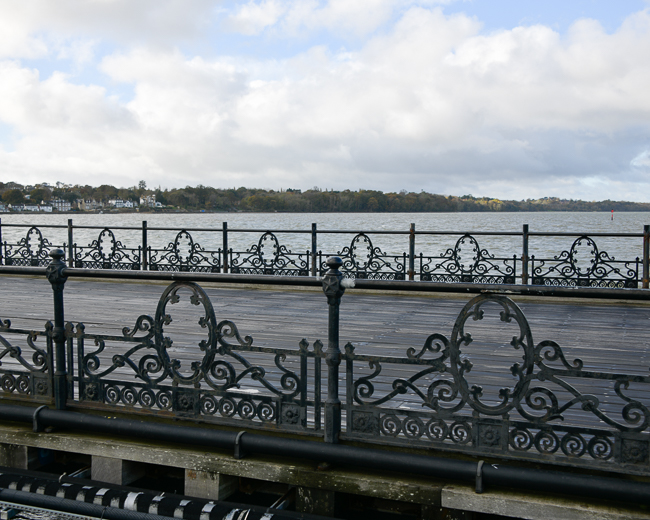
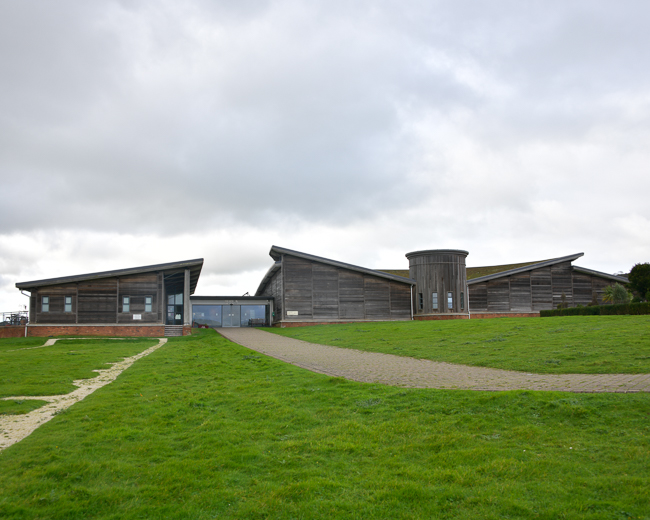
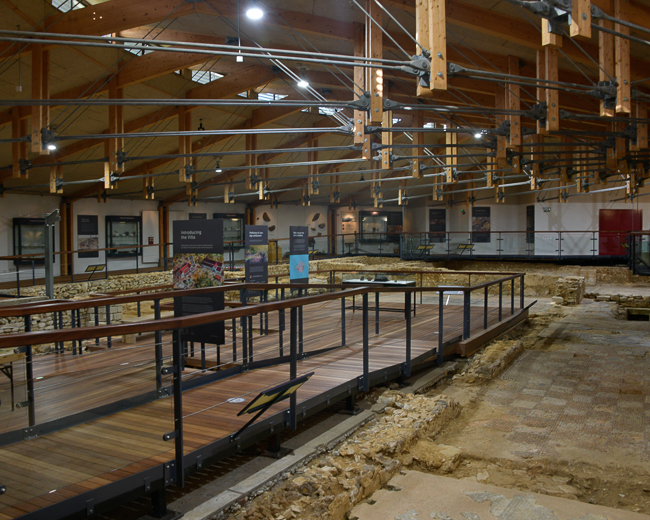
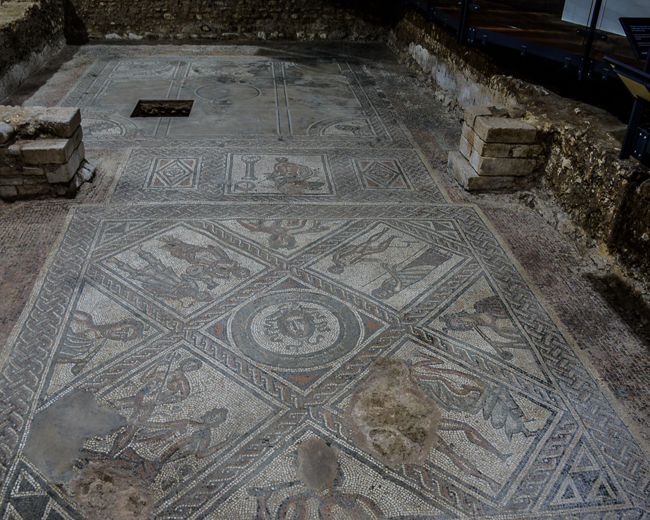
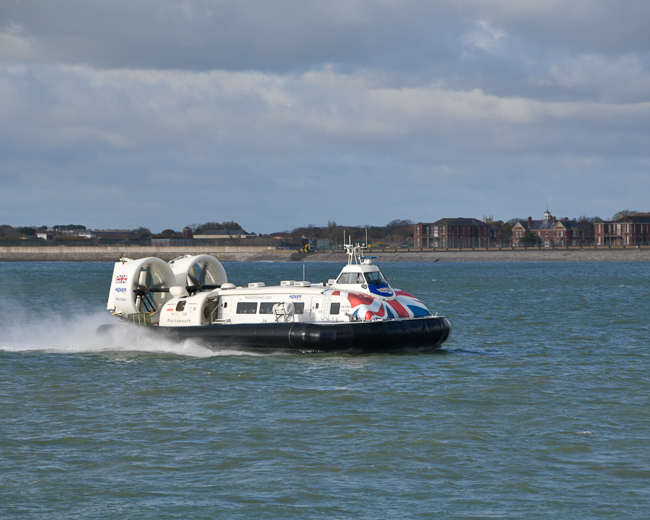

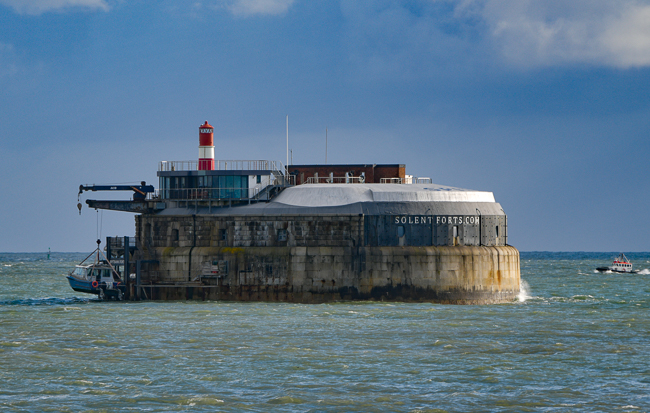
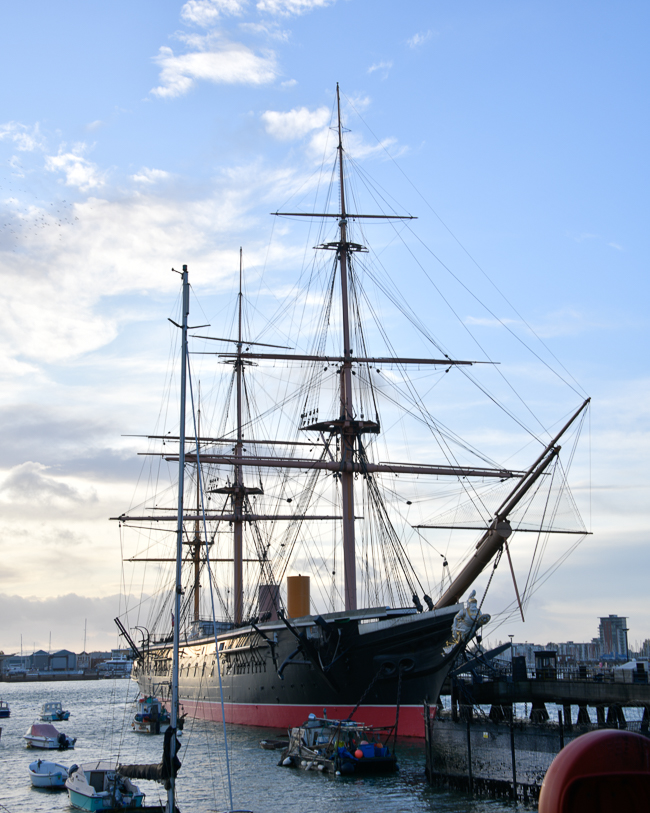

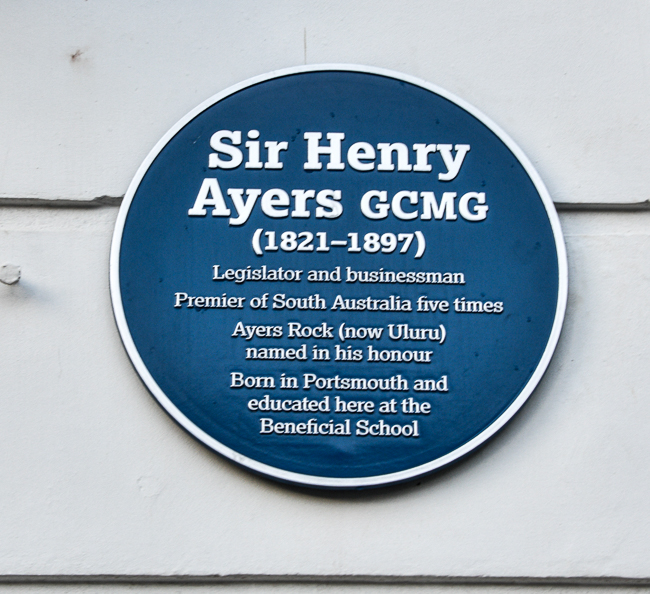
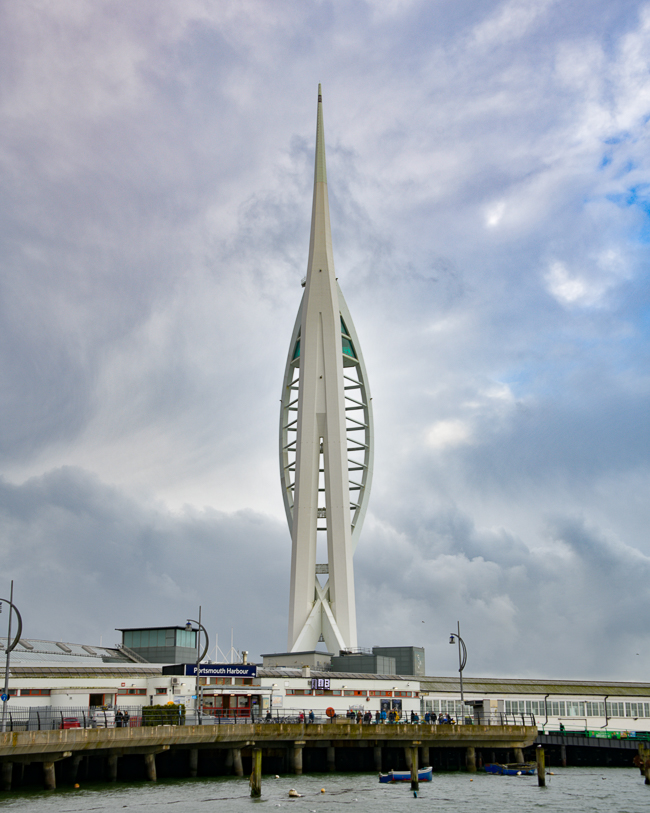
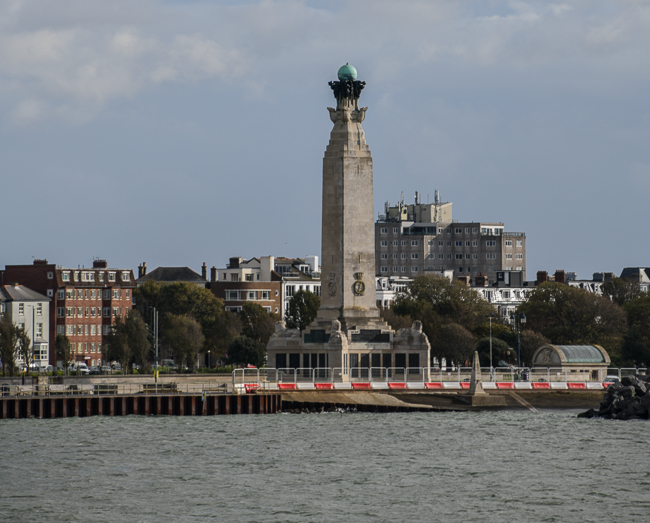

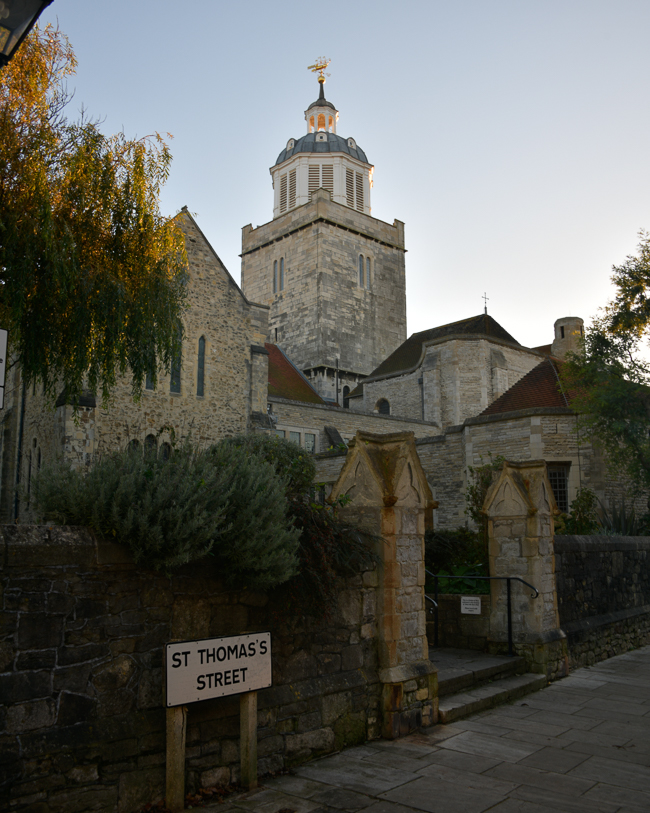
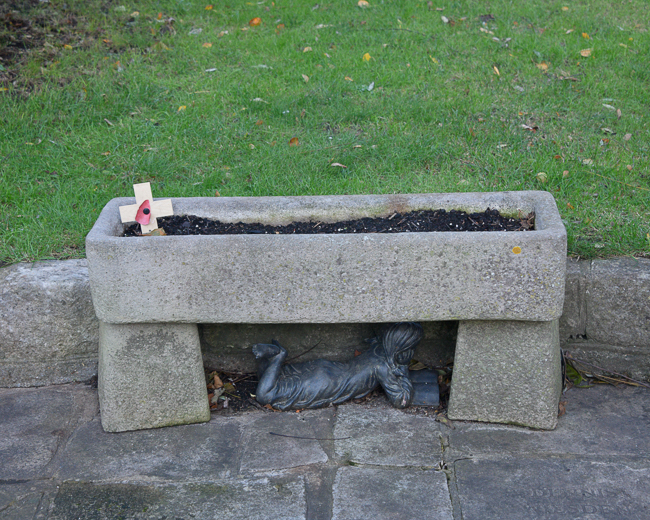
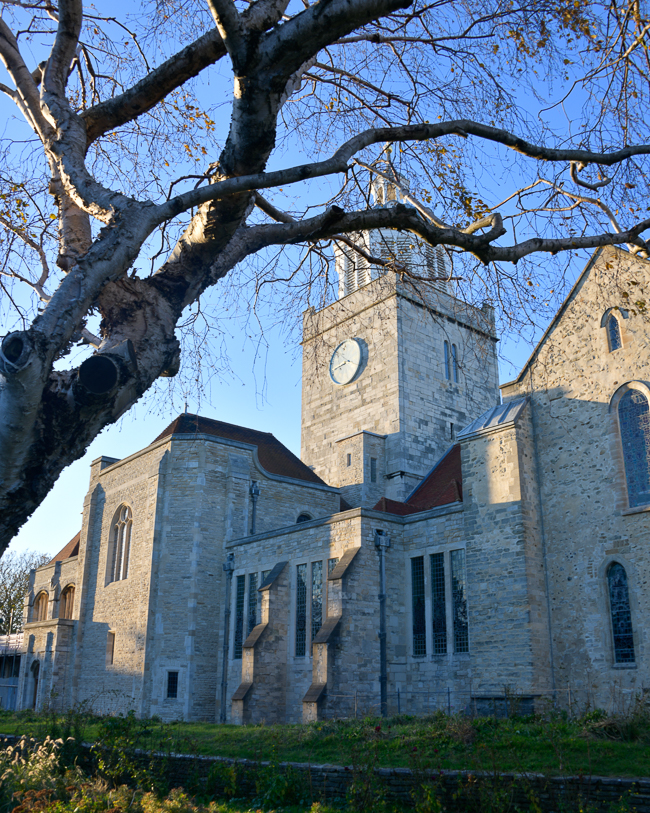
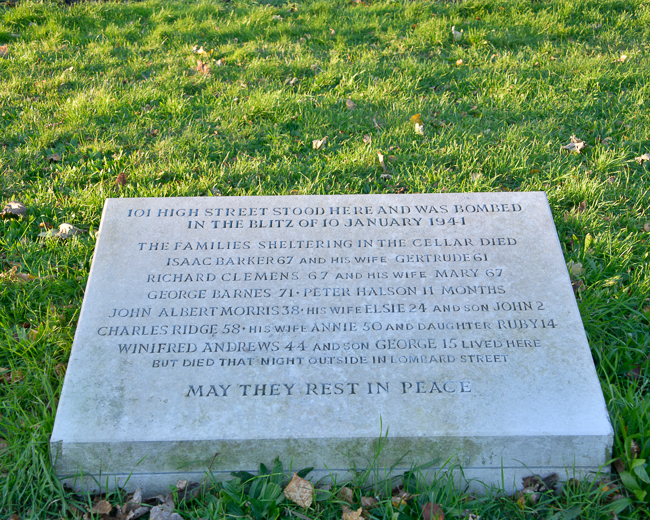
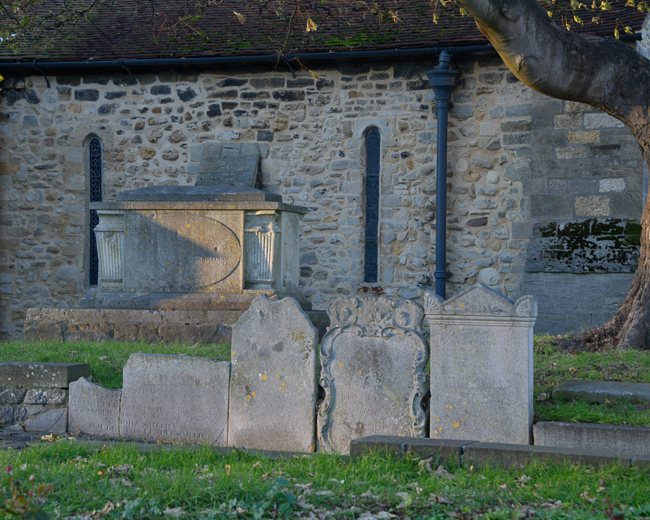
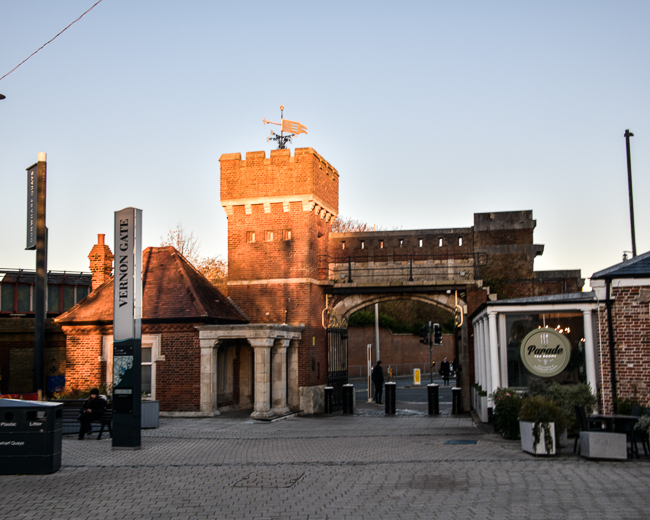
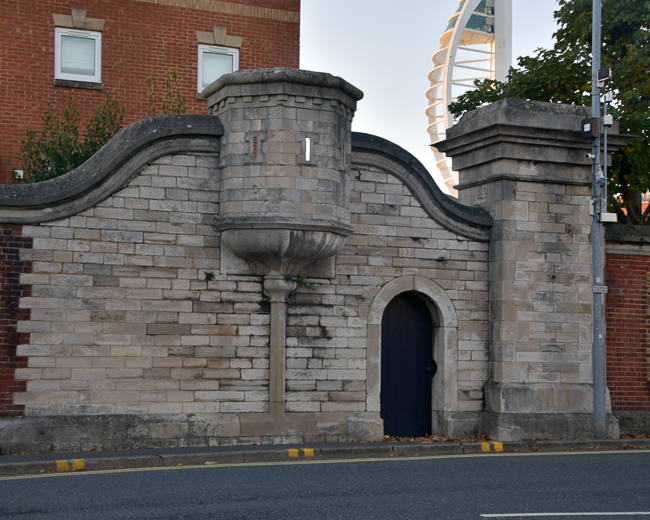
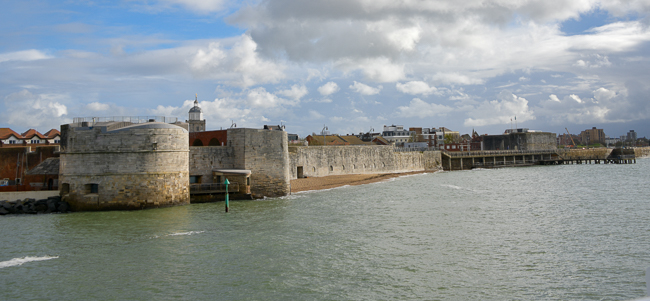
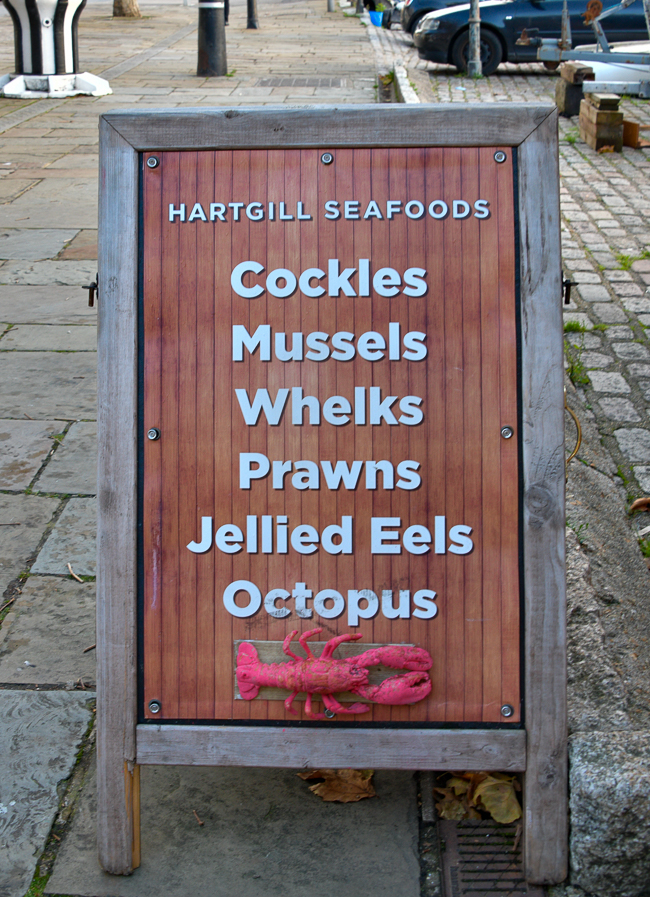
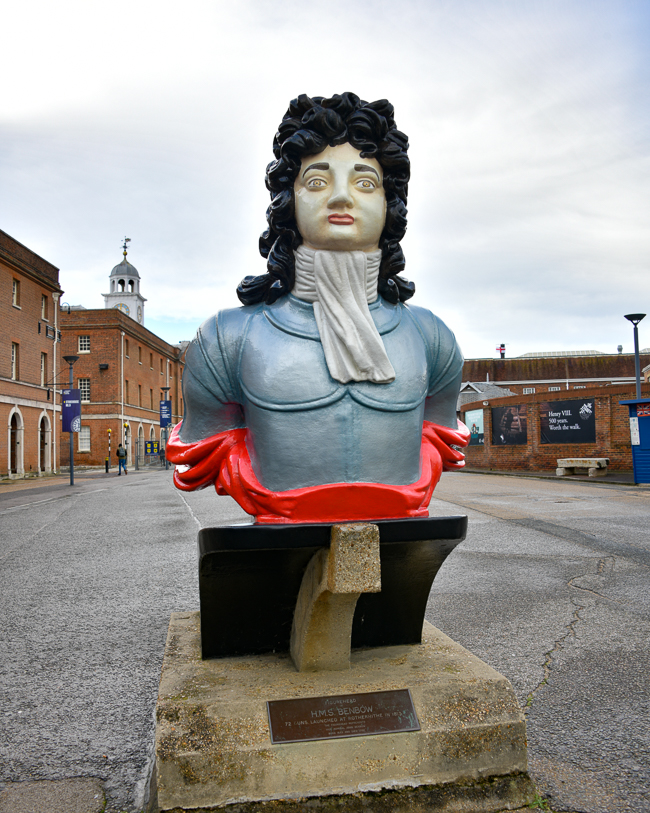
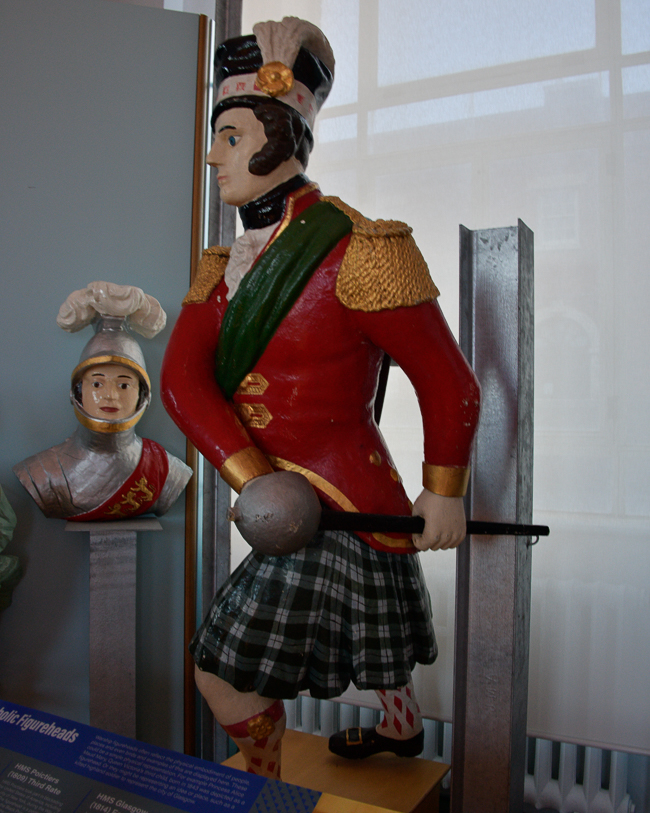

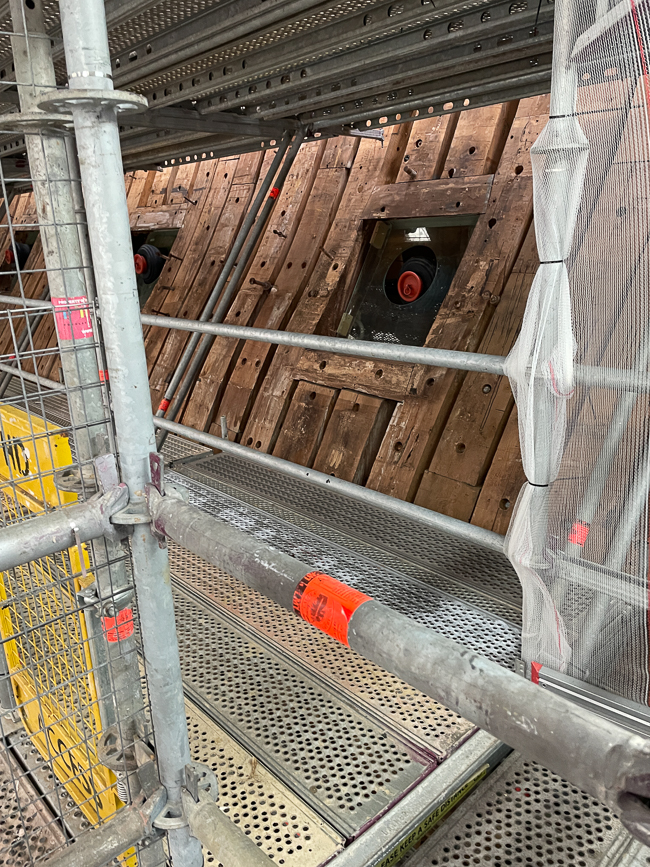
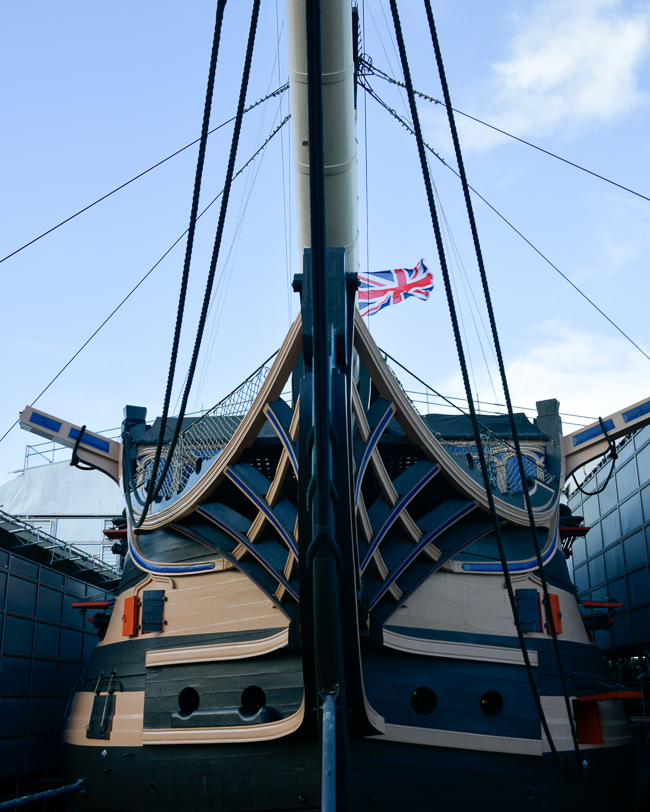
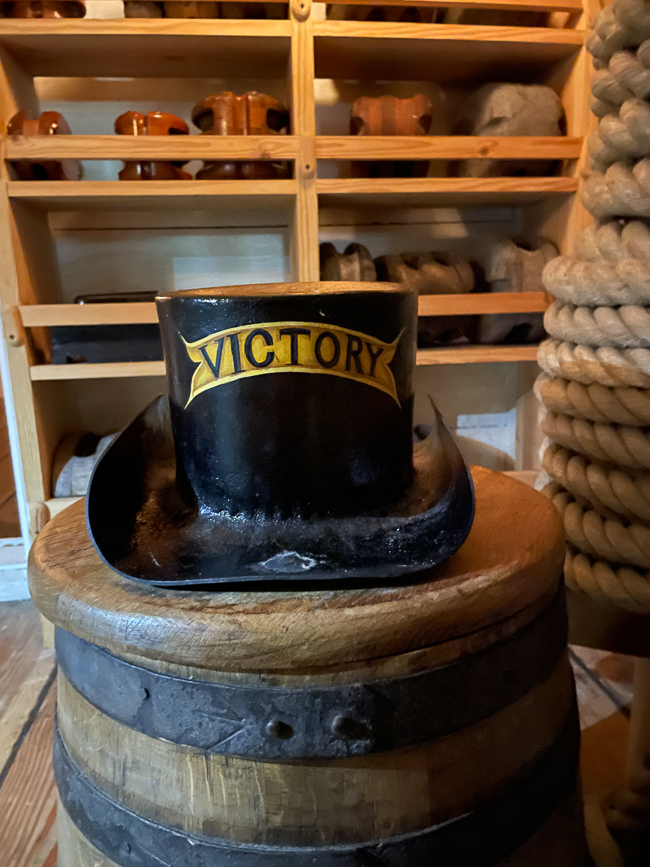
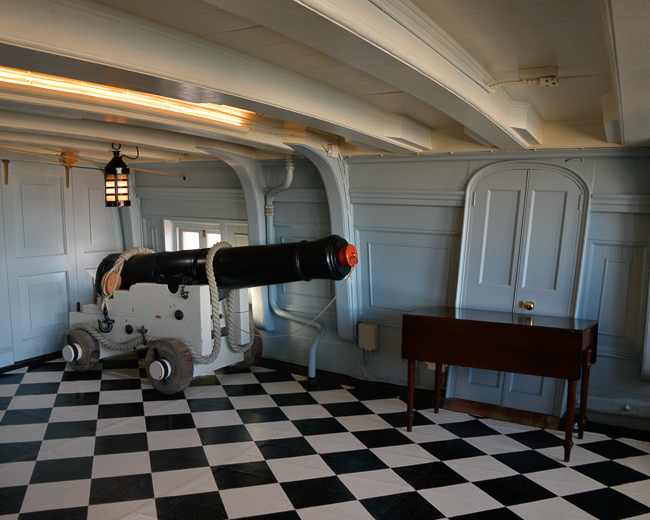

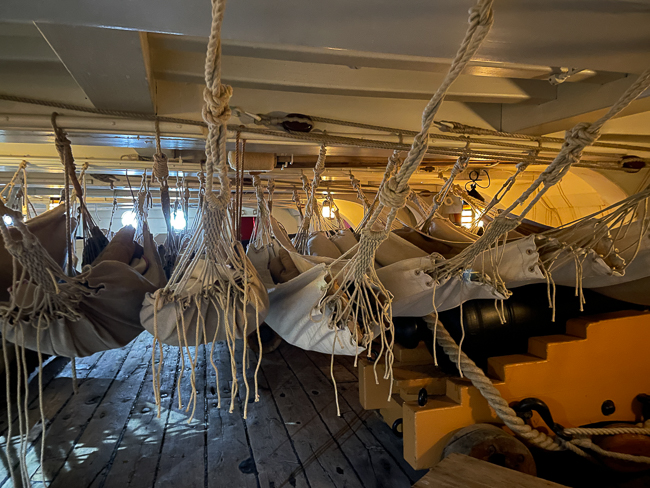
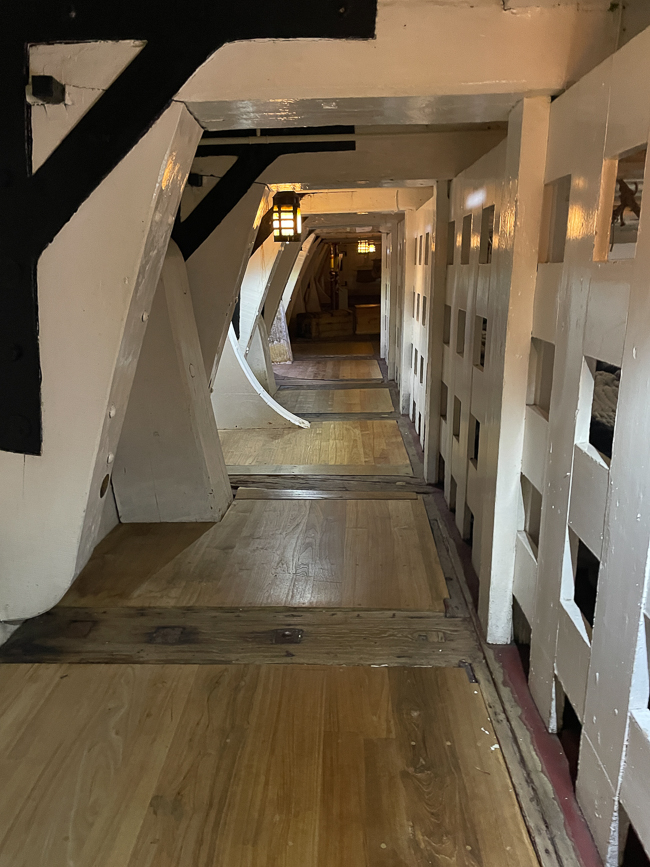
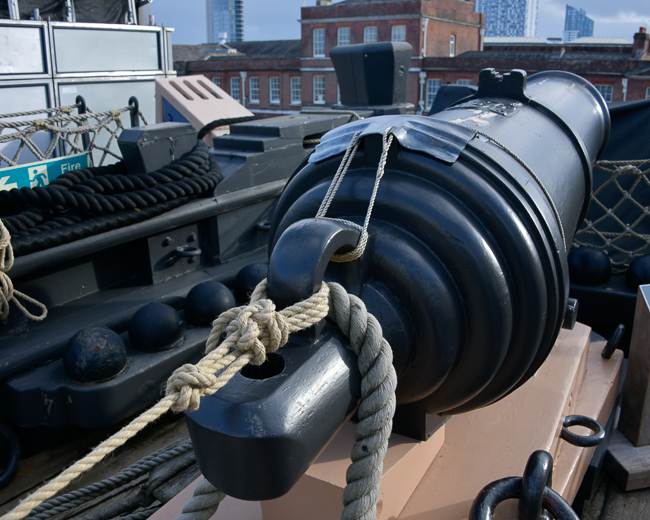
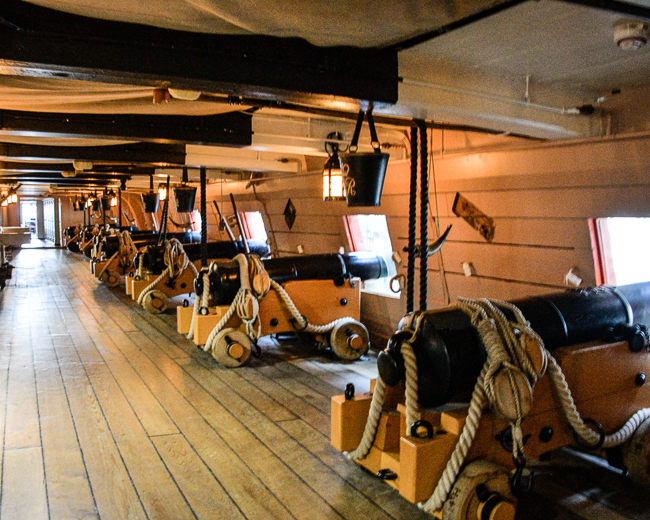
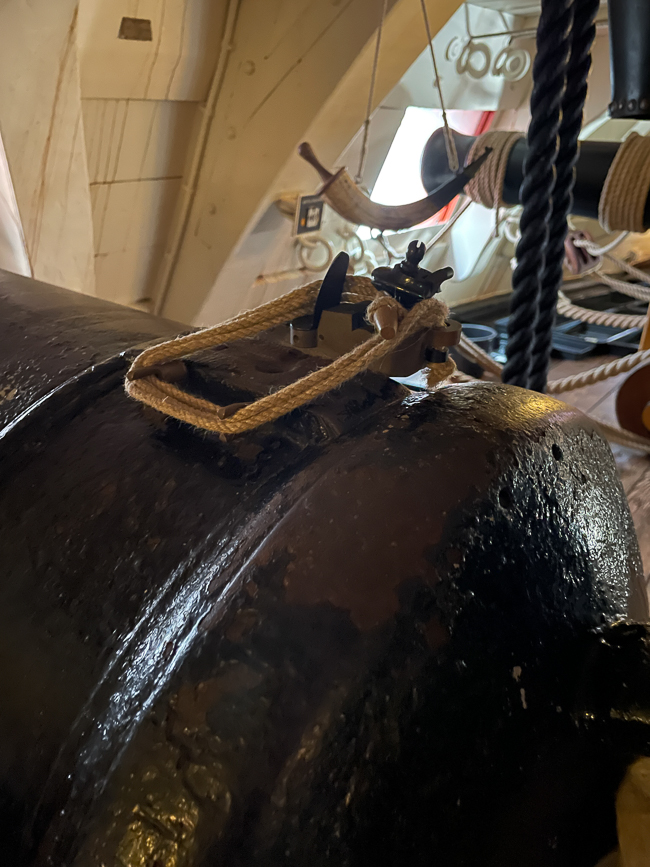
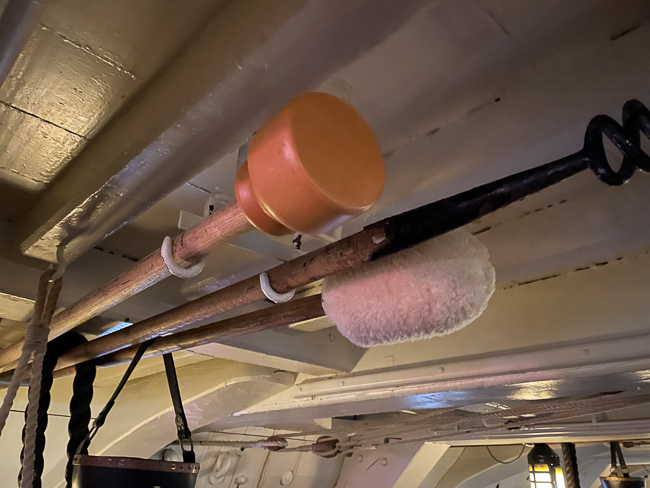
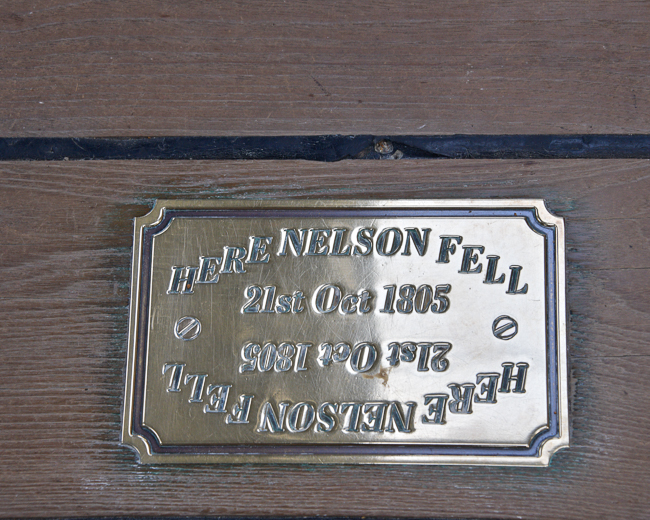
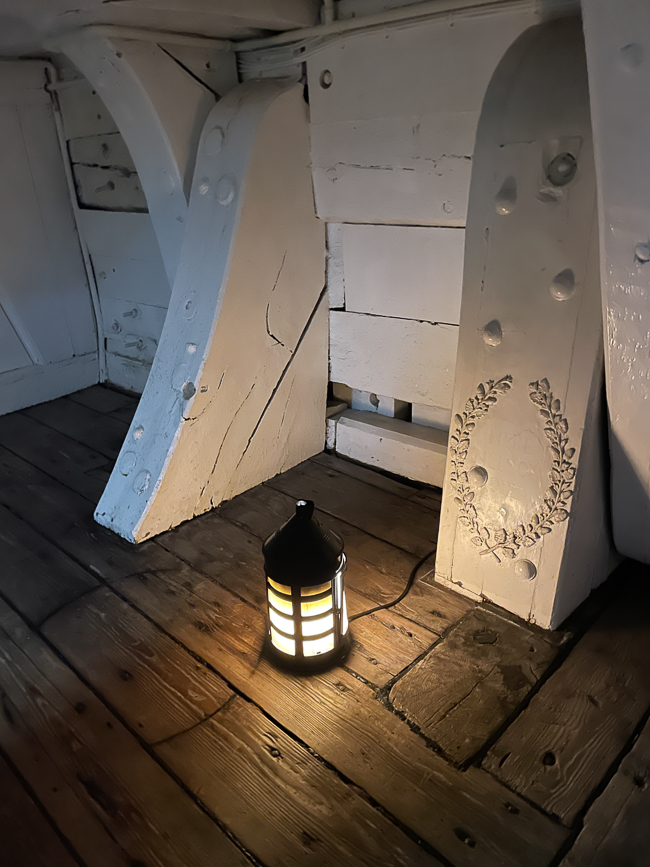
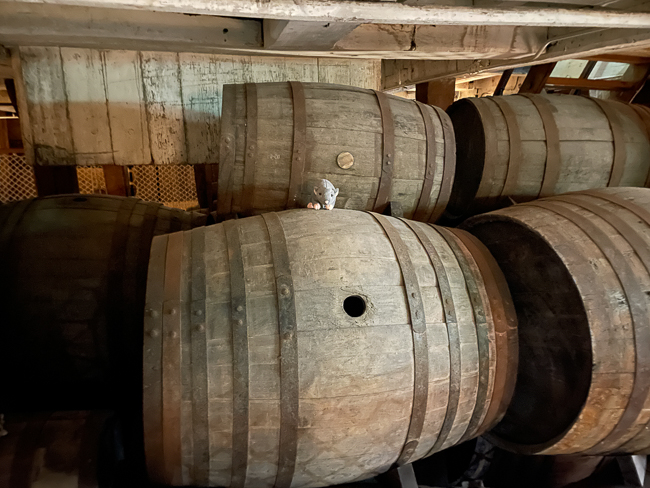

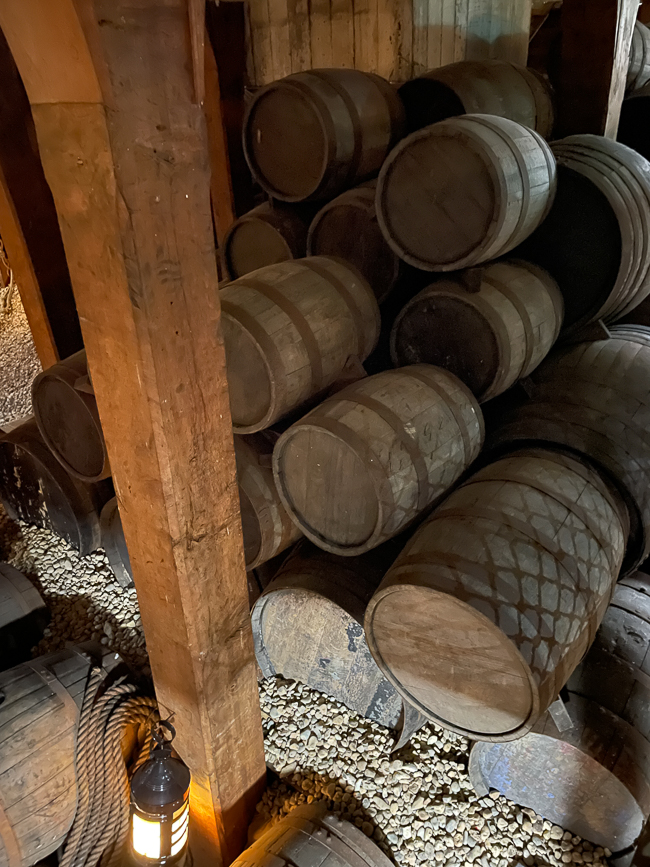
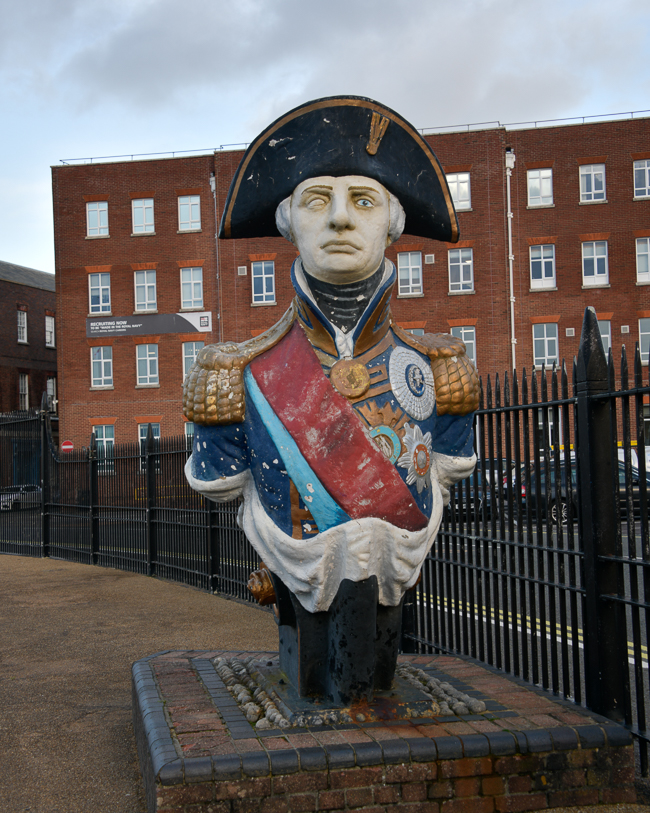
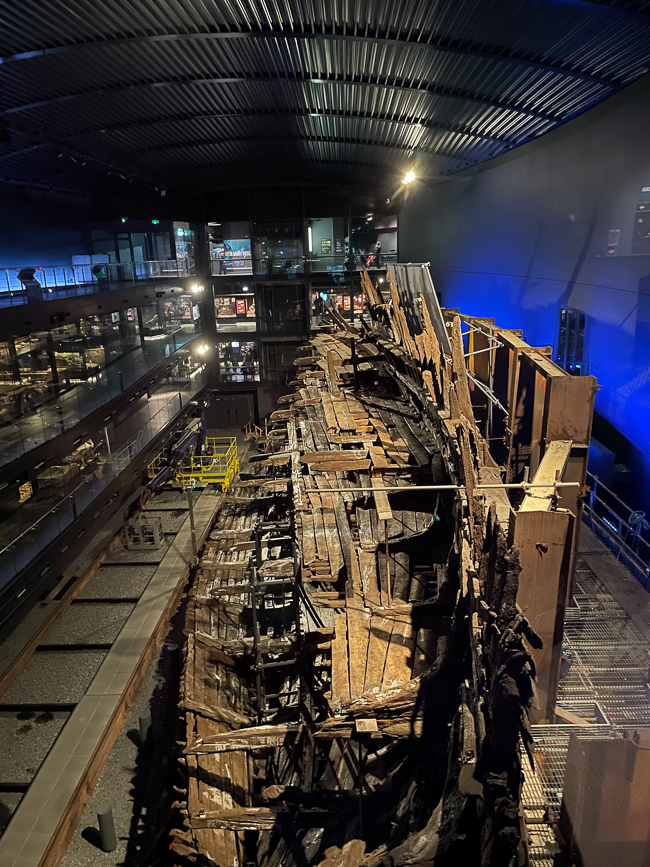

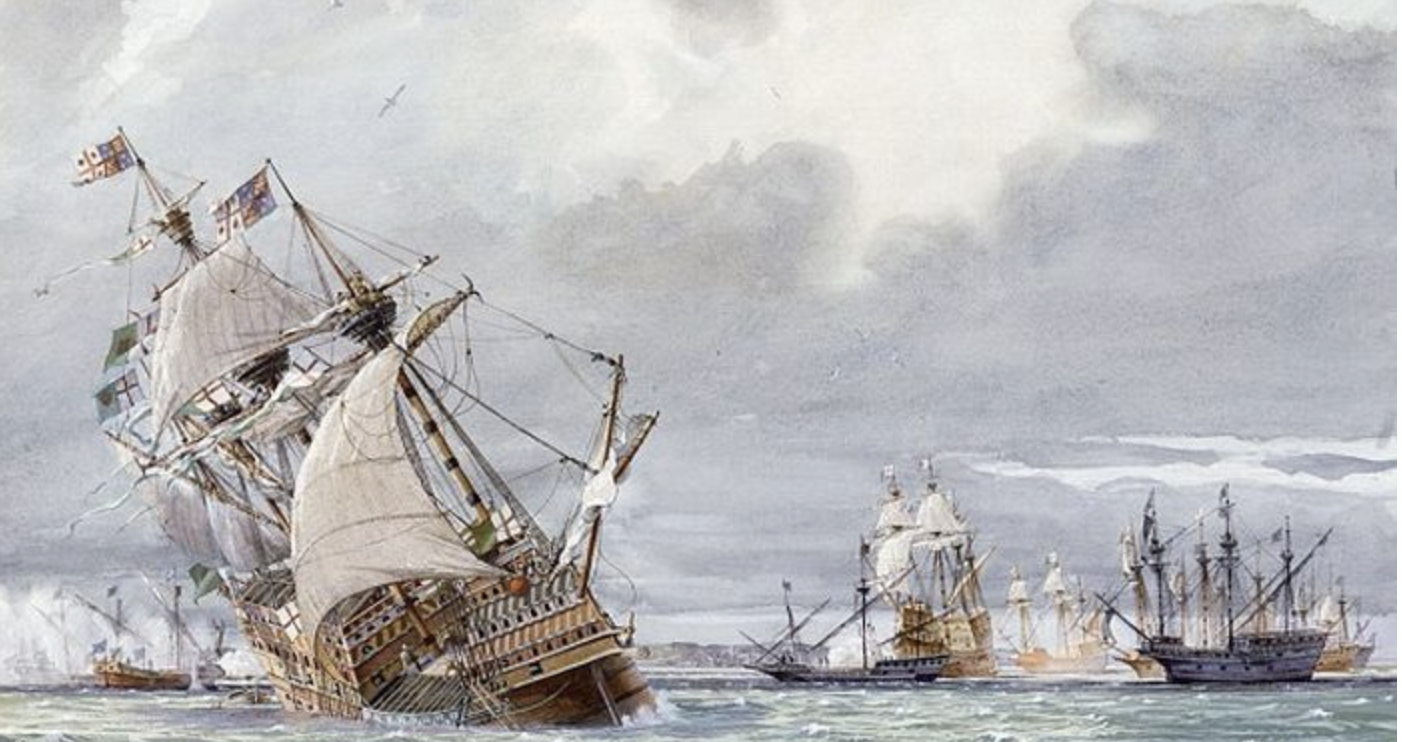
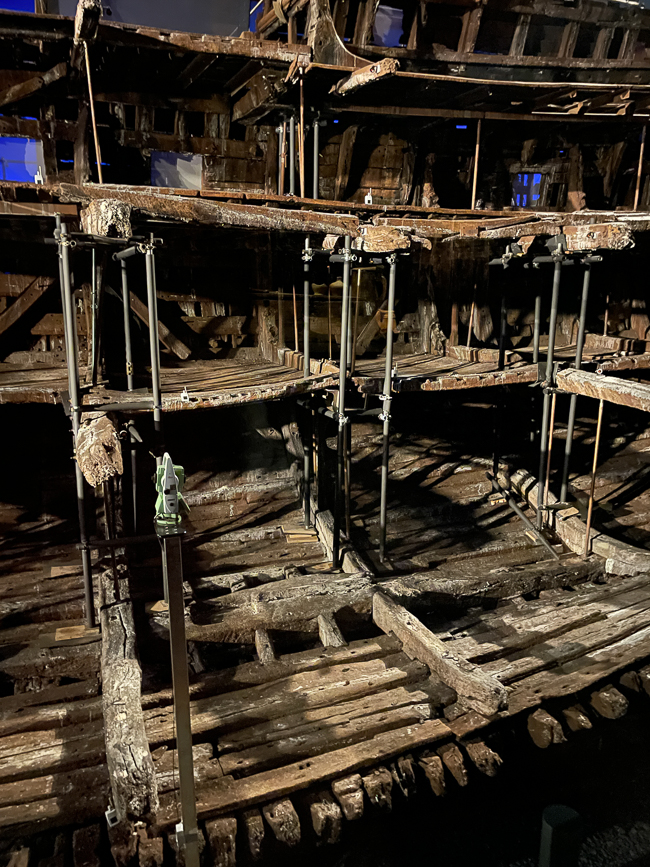
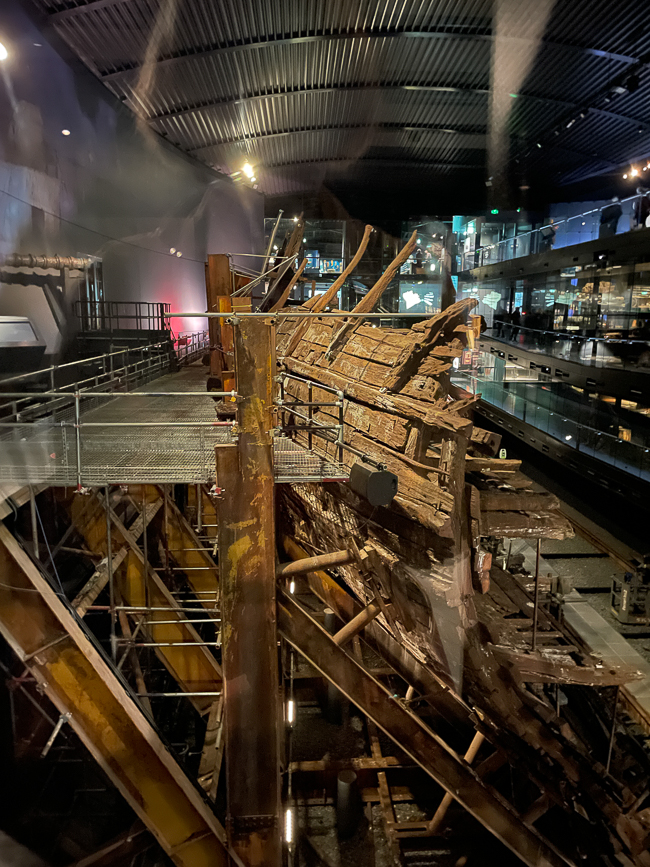

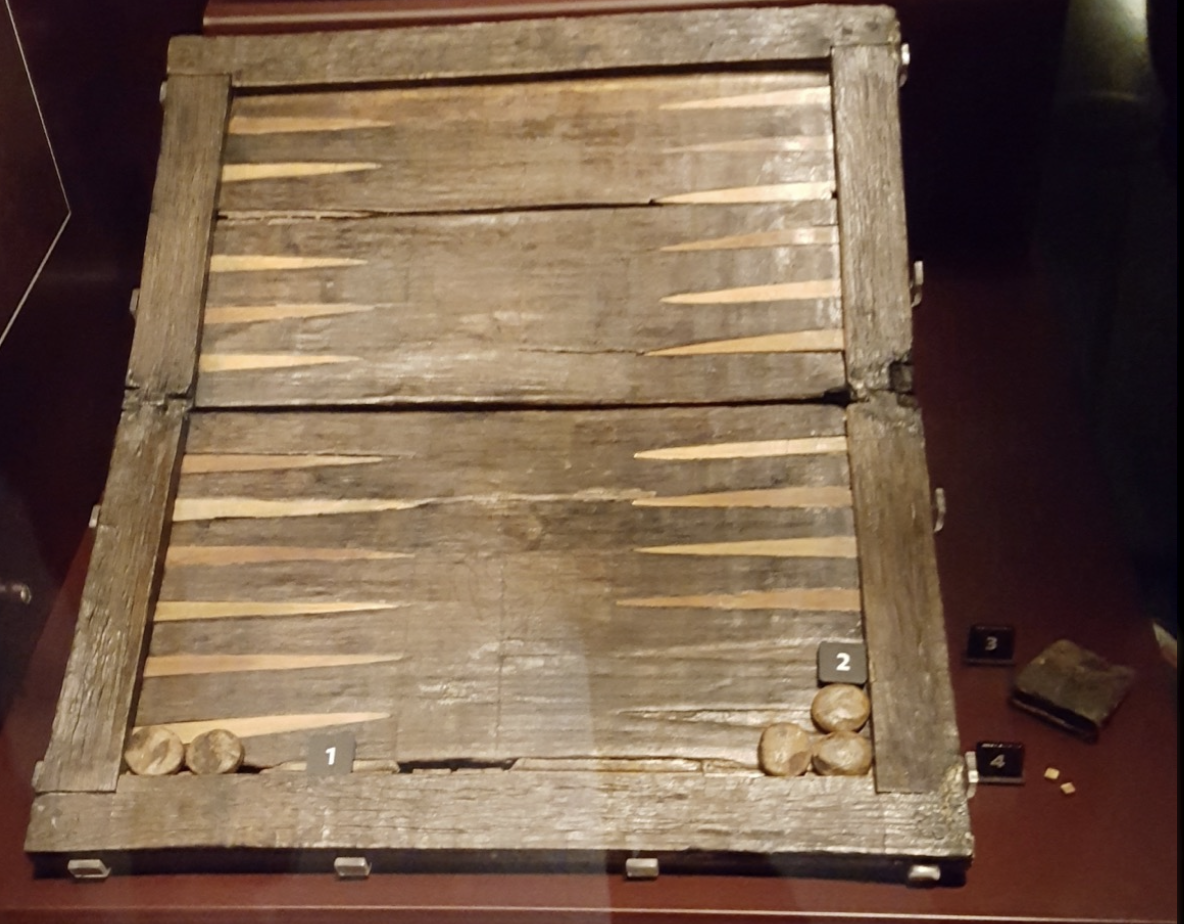
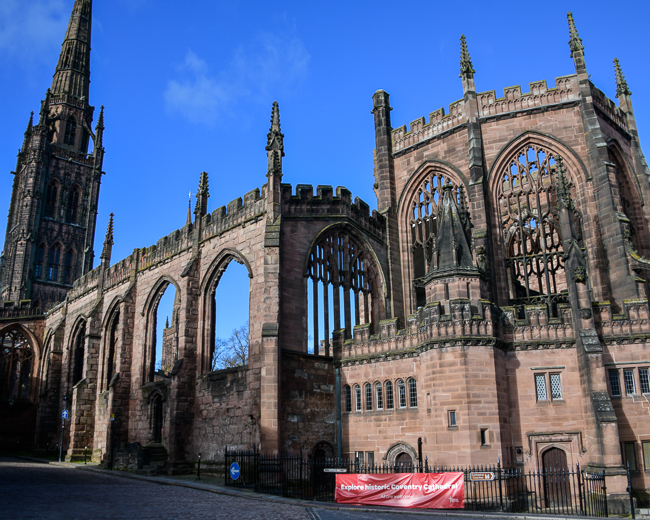
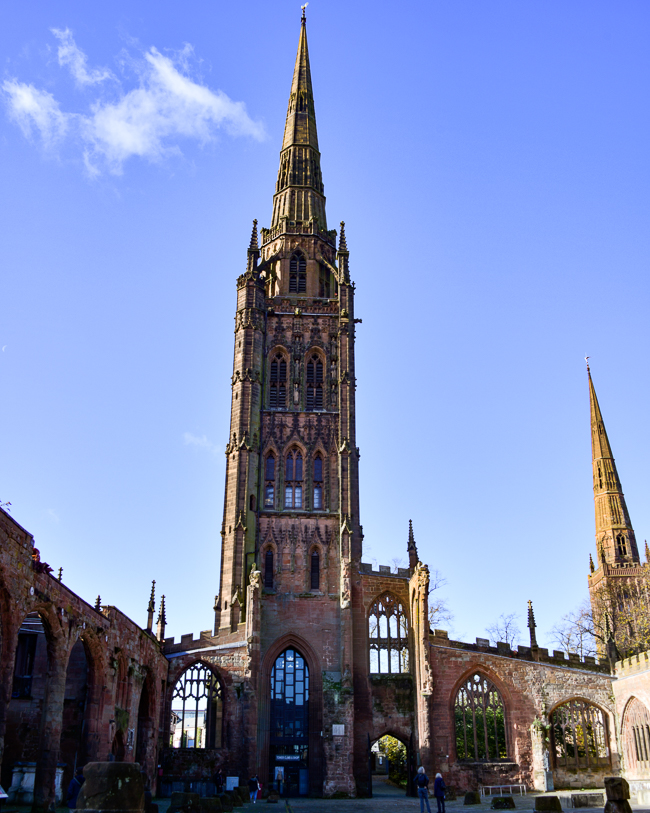
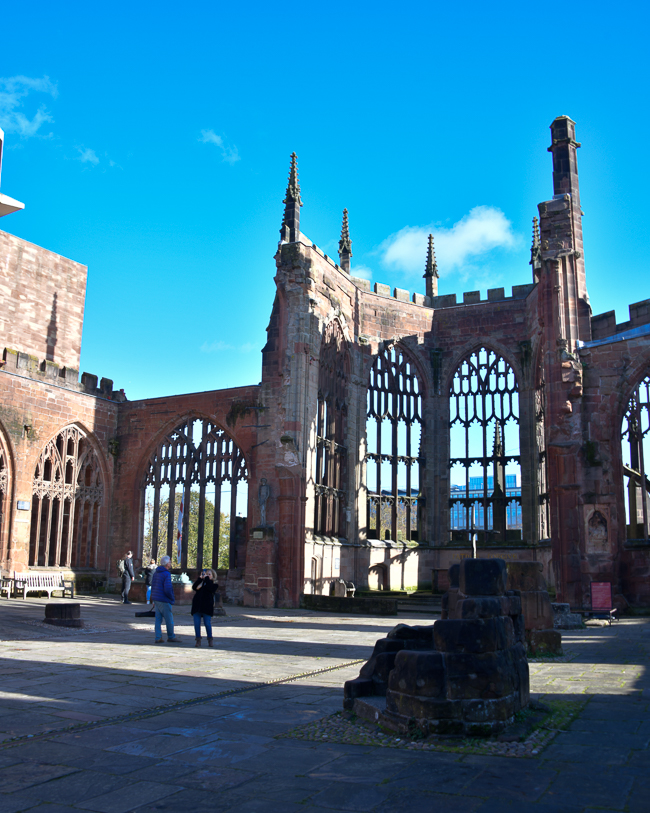
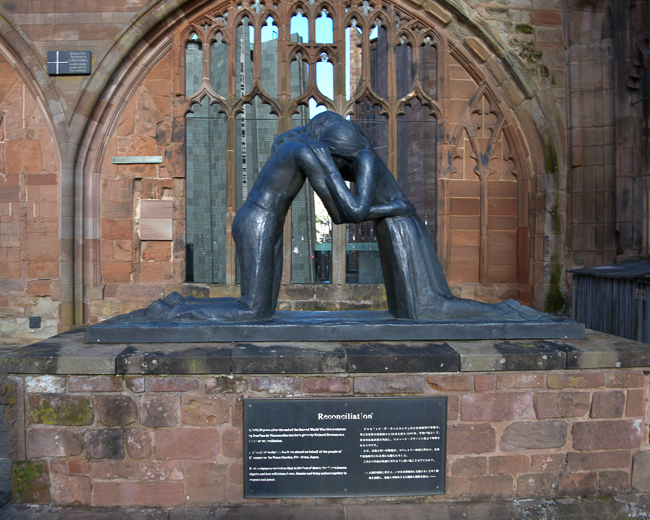
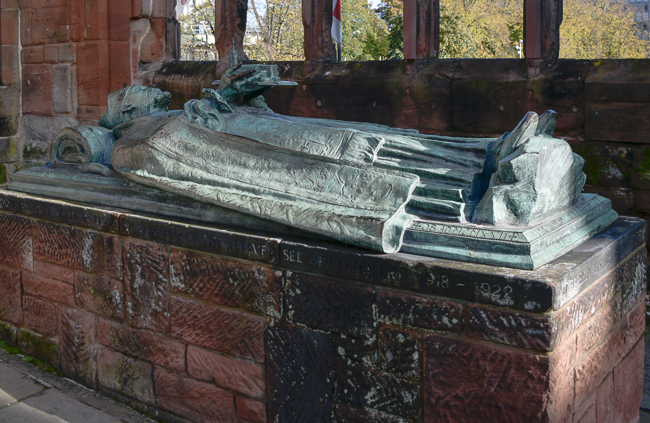

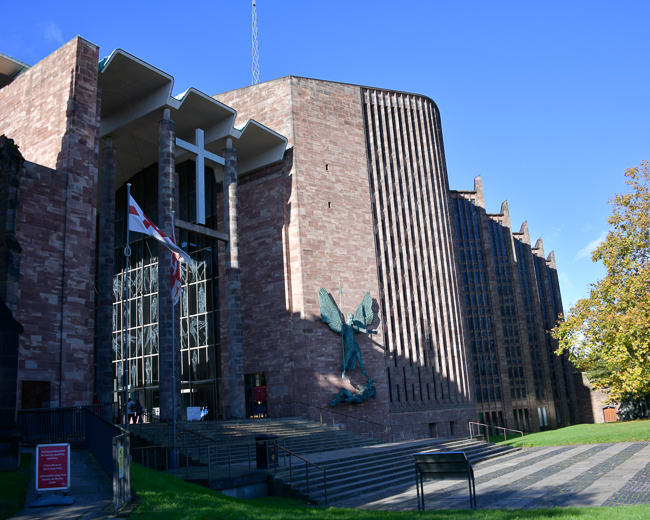
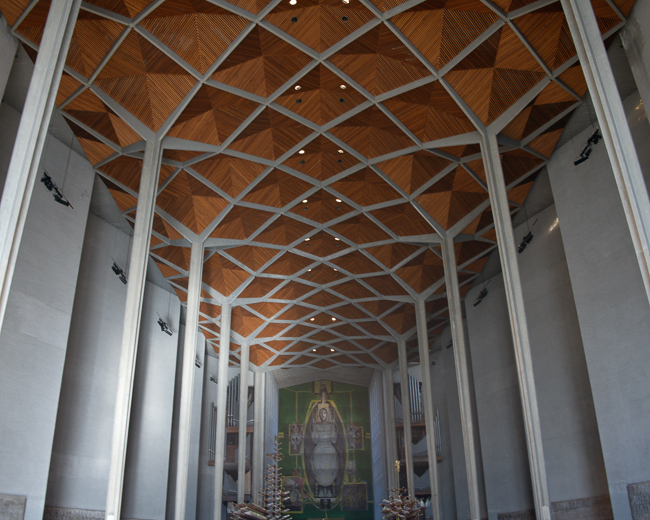
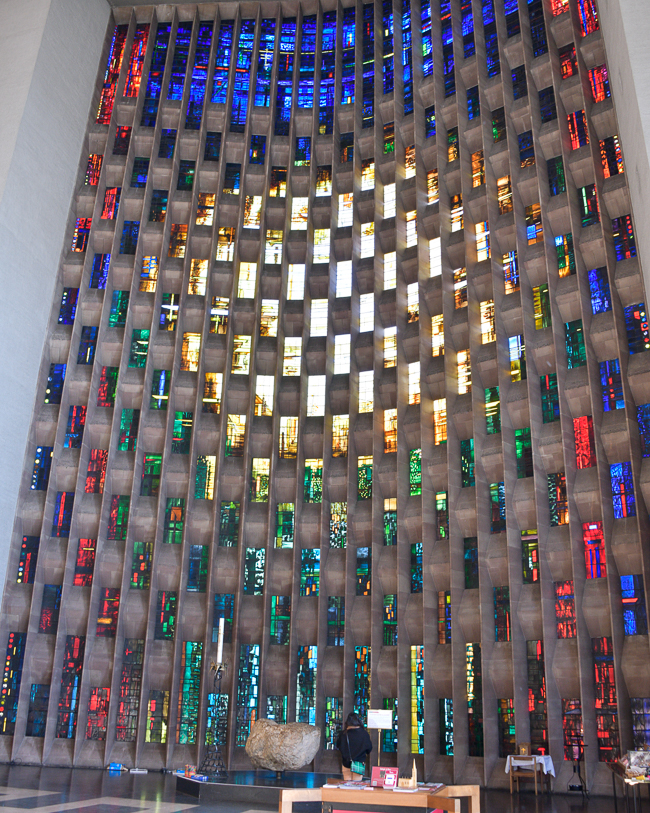
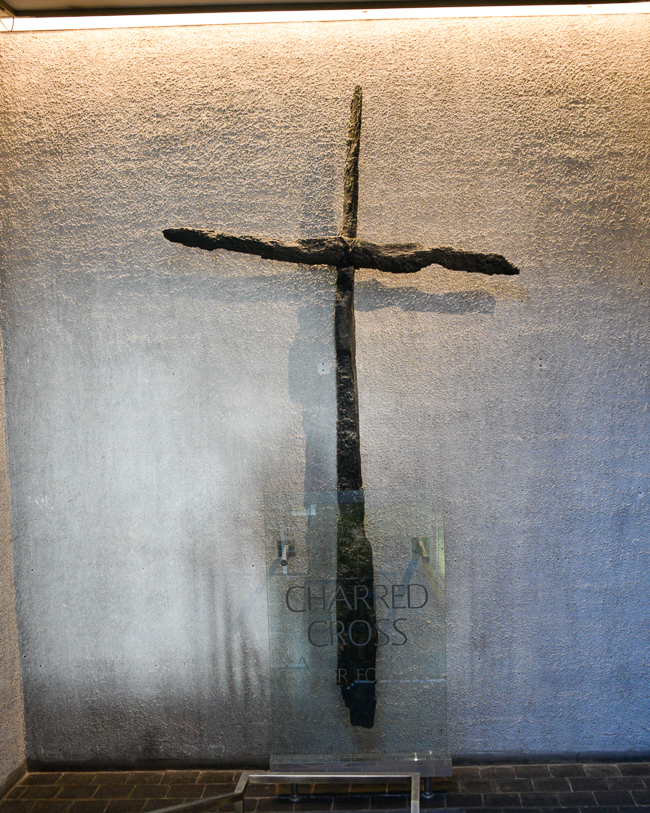
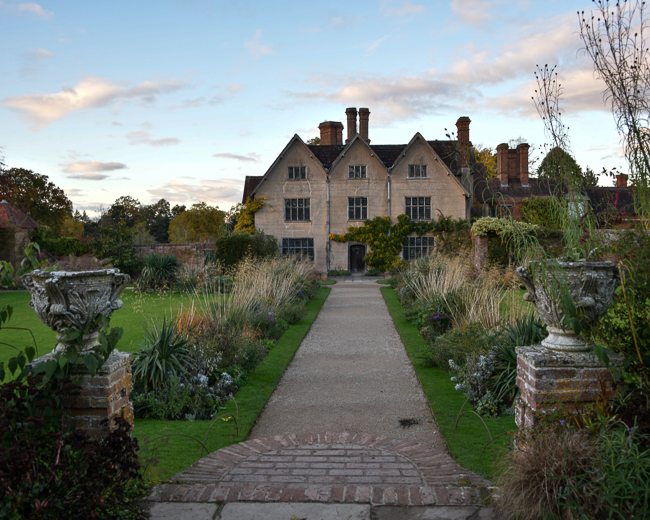
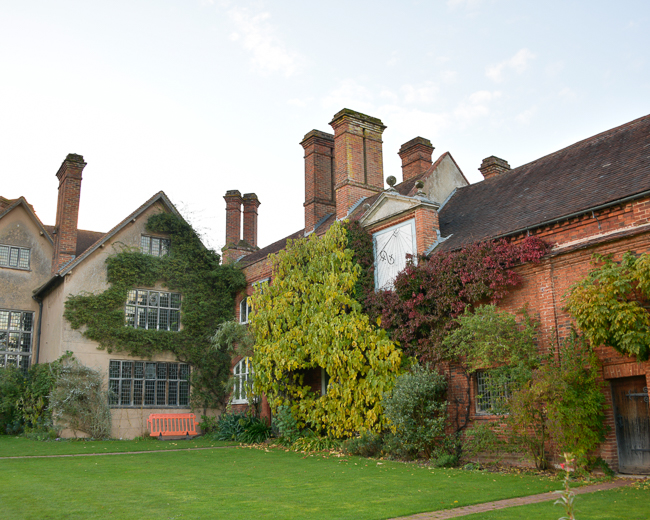

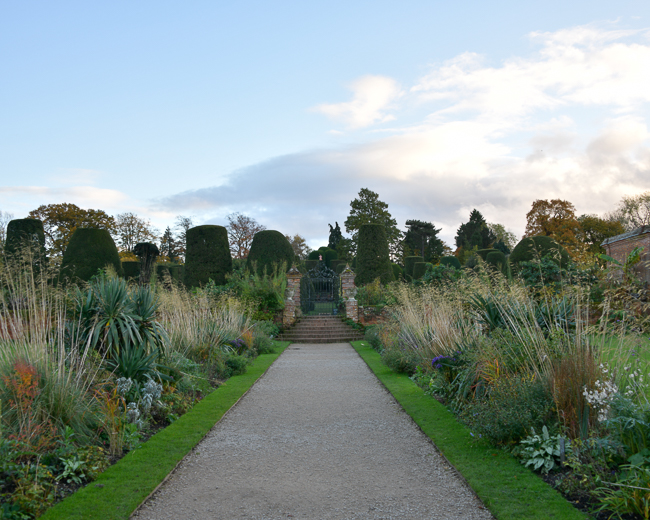
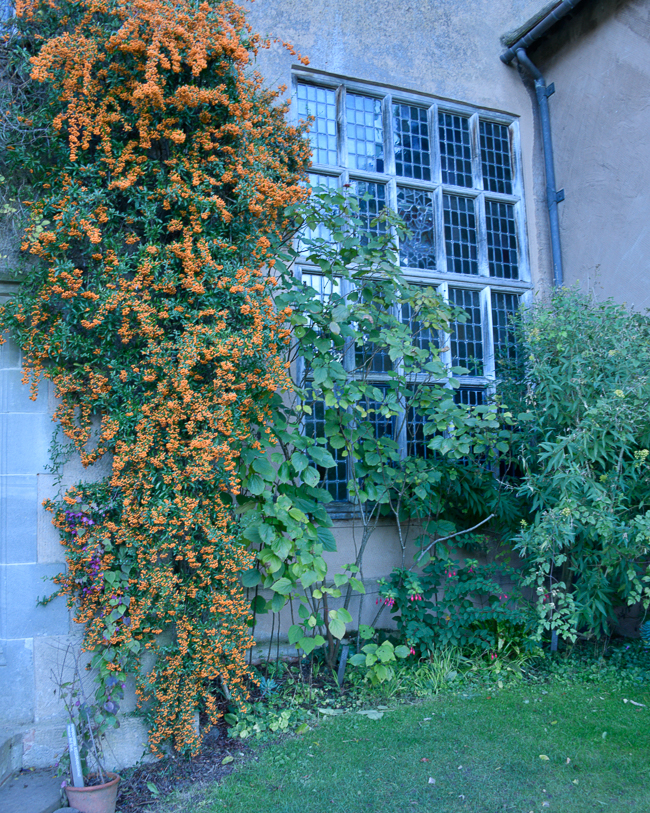 *
*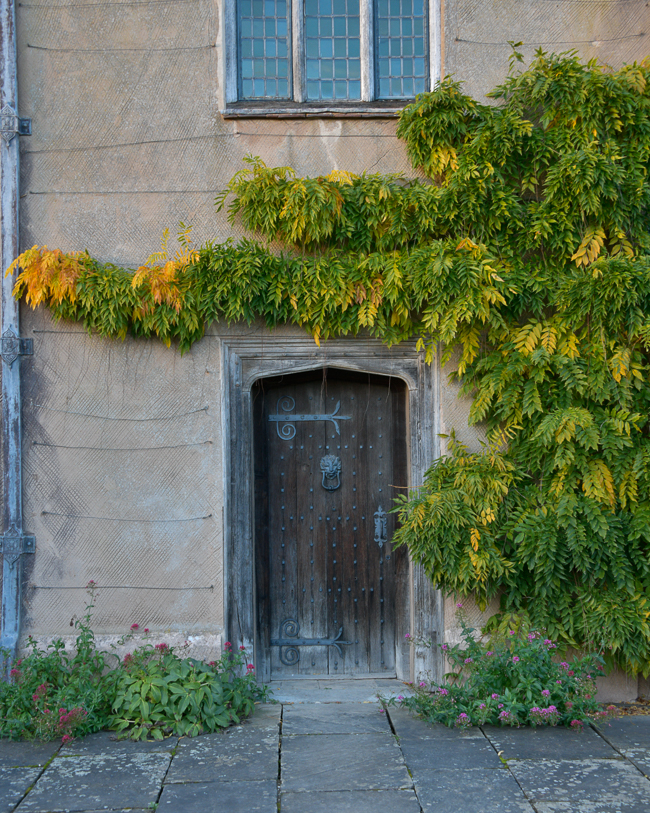 *
*